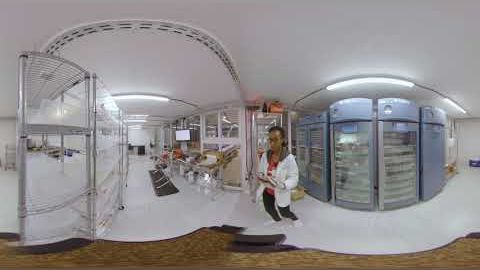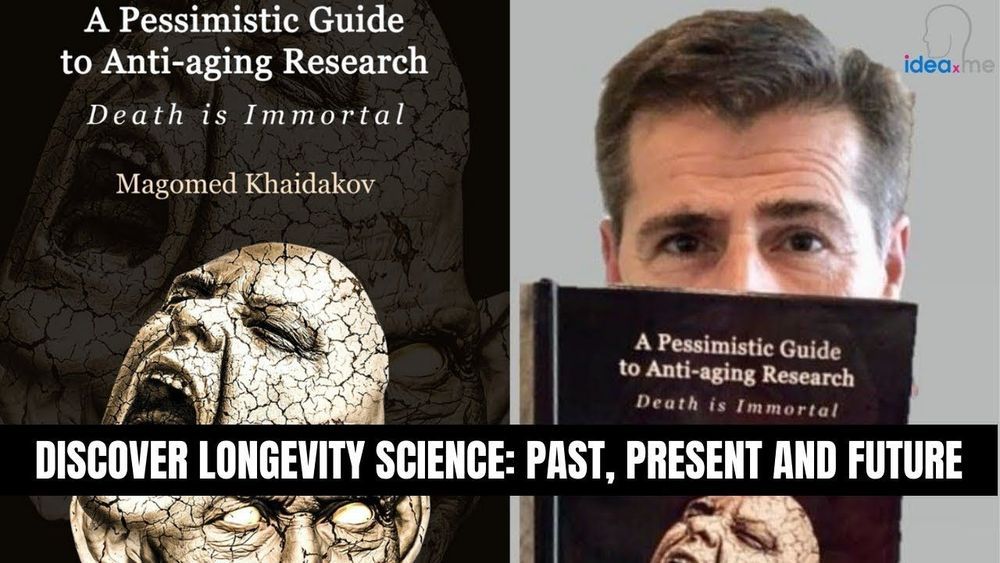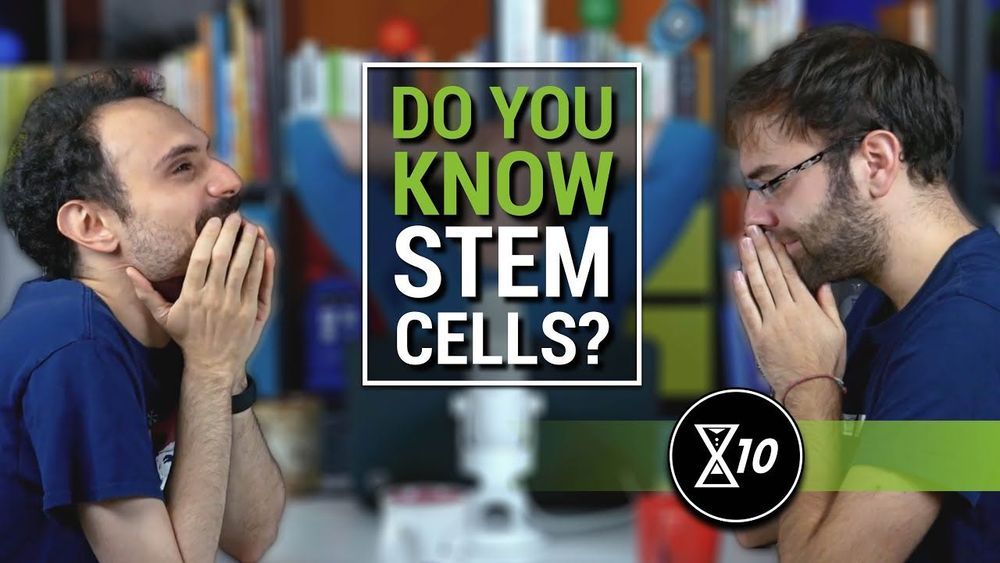Jan 16, 2020
World’s smallest camera is size of a grain of sand
Posted by Quinn Sena in categories: biotech/medical, electronics
OmniVision OV6948 makes it into Guinness Book of Records and will save lives in the hands of surgeons.
OmniVision OV6948 makes it into Guinness Book of Records and will save lives in the hands of surgeons.
Writing in Nature, researchers describe the first-time observation of ‘self-organized criticality’ in a controlled laboratory experiment. Complex systems exist in mathematics and physics, but also occur in nature and society. The concept of self-organized criticality claims that without external input, complex systems in non-equilibrium tend to develop into a critical state far away from a stable equilibrium. That way, they reinforce their own non-equilibrium.
Systems that are at first glance quite different, like the dissemination of information in social networks or the spread of fire or disease, may have similar characteristics. One example is an avalanche-like behaviour that reinforces itself instead of coming to a standstill. However, these complex systems are very difficult to study under controlled lab conditions.
For the first time, researchers from the European Centre for Quantum Sciences (CESQ) in Strasbourg, in collaboration with researchers from the universities of Cologne and Heidelberg and the California Institute of Technology, have succeeded in observing the most important features of self-organized criticality in a controlled experiment—including universal avalanche behavior.

With 360 video, IEEE Spectrum takes you behind the scenes with one of the world’s first drone-delivery companies. Zipline, based in California, is using drones to deliver blood to hospitals throughout Rwanda. At an operations center in Muhanga, you’ll watch as Zipline technicians assemble the modular drones, fill their cargo holds, and launch them via catapult. You’ll see a package float down from the sky above a rural hospital, and you’ll get a closeup look at Zipline’s ingenious method for capturing returning drones.
You can follow the action in a 360-degree video in three ways: 1) Watch on your computer, using your mouse to click and drag on the video; 2) watch on your phone, moving the phone around to change your view; or 3) watch on a VR headset for the full immersive experience.
Continue reading “360 Video: Go on a Mission With Zipline’s Delivery Drones” »
Boston, Mass. — Interoception is the awareness of our physiological states; it’s how animals and humans know they’re hungry or thirsty, and how they know when they’ve had enough to eat or drink. But precisely how the brain estimates the state of the body and reacts to it remains unclear. In a paper published in the journal Neuron, neuroscientists at Beth Israel Deaconess Medical Center (BIDMC) shed new light on the process, demonstrating that a region of the brain called the insular cortex orchestrates how signals from the body are interpreted and acted upon. The work represents the first steps toward understanding the neural basis of interoception, which could in turn allow researchers to address key questions in eating disorders, obesity, drug addiction, and a host of other diseases.
Using a mouse model his lab developed at BIDMC, Mark Andermann, PhD, principal investigator in the Division of Endocrinology, Diabetes and Metabolism at BIDMC and Associate Professor of Medicine at Harvard Medical School, and colleagues recorded the activity of hundreds of individual brain cells in the insular cortex to determine exactly what is happening as hungry animals ate.
The team observed that when mice hadn’t eaten for many hours, the activity pattern of insular cortex neurons reflected current levels of hunger. As the mice ate, this pattern gradually shifted over hours to a new pattern reflecting satiety. When mice were shown a visual cue predicting impending availability of food — akin to a person seeing a food commercial or a restaurant logo — the insular cortex appeared to simulate the future sated state for a few seconds, and then returned to an activity pattern related to hunger. These findings provided direct support for studies in humans that hypothesized that the insular cortex is involved in imagining or predicting how we will feel after eating or drinking.
Researchers have developed a new Artificial Intelligence (AI)-based technique that can detect low-sugar levels from raw ECG signals via wearable sensors without any fingerprint test. Current methods to measure glucose requires needles and repeated fingerpicks over the day. Fingerpicks can often be painful, deterring patient compliance.
The new technique developed by researchers at University of Warwick works with an 82 per cent reliability, and could replace the need for invasive finger-prick testing with a needle, especially for kids who are afraid of those.
“Our innovation consisted in using AI for automatic detecting hypoglycaemia via few ECG beats. This is relevant because ECG can be detected in any circumstance, including sleeping,” said Dr Leandro Pecchia from School of Engineering in a paper published in the Nature Springer journal Scientific Reports.

Ira Pastor, ideaXme exponential health ambassador, interviews Dr. Magomed Khaidakov, Assistant Research Professor, Department of Internal Medicine, University of Arkansas for the Medical Sciences. https://www.amazon.com/Pessimistic-Guide-Anti-aging-Research…atfound-20
Ira Pastor Comments
Continue reading “Discover Longevity and Anti-Aging Science Past, Present and Future” »

On this trivia episode of X10, Veera quizzes Nicola and Giuliano on stem cells, giving them five genuine stumpers from Ulla-Kaisa Peteri that leave them unsure and puzzled throughout.

Want to test your knowledge about stem cells with this not-so-trivial trivia? Let’s see if you can do better than Giuliano and Nicola! (You probably can, especially better than Nicola…).
Thanks to Ulla-Kaisa Peteri for preparing the questions!